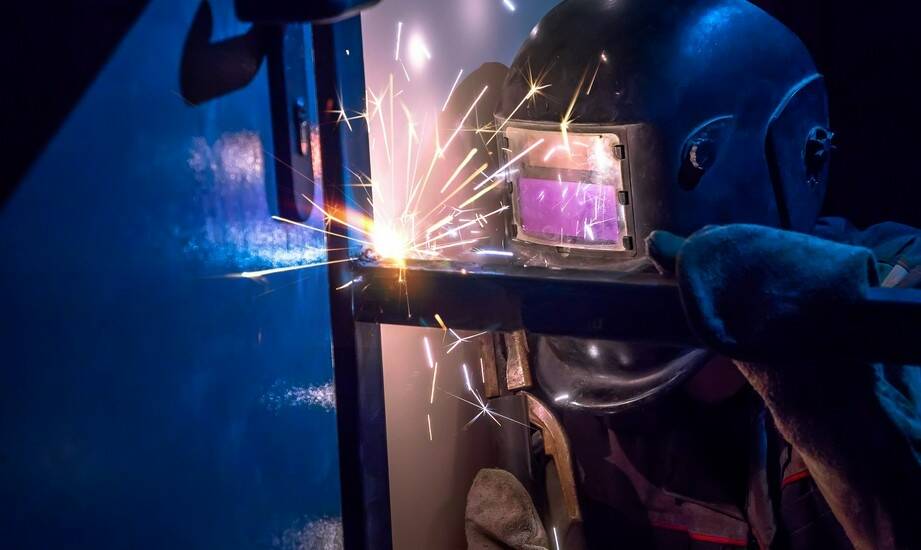Sponsored article
How HF welding improves production efficiency in the textile industry

The modern textile industry faces many challenges that require innovative solutions. HF welding (high frequency welding) is one of the technologies that revolutionises production, offering numerous benefits for both manufacturers and consumers. Thanks to its speed and precision, HF welding is becoming a key tool in improving production efficiency in the textile industry.
Reduction of production time
HF welding allows for fast joining of textile materials without the need for sewing. The rapid welding process is carried out using a high-frequency electromagnetic field, which reduces production time. Compared to traditional methods such as sewing or gluing, HF welding speeds up production, making it possible to bring products to market faster. This significantly increases efficiency and allows more orders to be completed in less time.
Minimising material waste
Traditional sewing methods produce a lot of material waste. In case of HF welding the material is joined without the use of threads or adhesives, which allows for minimising waste. Thanks to the precise joining of fabrics, this process is more economical because there is no need for additional materials and waste is minimised. Reducing raw material waste is an important element in the context of the sustainable development of the textile industry.
Improved product quality
HF welding ensures durable joints of textile materials, improving the quality of the final products. Joints made with this method are resistant to abrasion, humidity and UV radiation, which increases the durability of products such as workwear, upholstery and technical textiles. Thanks to HF welding the manufactured materials are more resistant to mechanical damage, which affects their longevity and aesthetics.
Use in technical clothing In the clothing industry especially in the production of technical or protective clothing, HF welding has become a key technology. Seamless clothing made using this method is characterised by high durability, comfort and resistance to intensive use. HF welding eliminates the need for seams, resulting in improved comfort and functionality, especially in the case of protective clothing.
Benefits for textile manufacturers
Thanks to the HF welding technology, textile manufacturers can offer greater flexibility in production. The variability of the welding parameters allows the process to be adapted to different materials and customer requirements. Zemat Technology Group machines allow for the rapid production of products in smaller batches, making production more flexible and competitive. Manufacturers can respond more quickly to market needs and deliver high-quality products.
HF welding in the textile industry is a technology that brings numerous benefits in terms of production efficiency, product quality and material savings. It allows manufacturers to increase their competitiveness on the market while offering higher quality products with a lower environmental impact.